Anwar Ahmed, 7-July-2022
In the past three years, Iraq has witnessed a severe drought crisis, due to the almost complete lack of rain, and the lack of water revenues from the upstream countries. Turkey, which gives itself the right to reduce Iraq’s water share, believing that Iraq is wasting this water towards the Arabian Gulf, and Iran, which has changed the courses of the rivers and water has been cut off from more than 45 tributaries and streams that feed rivers and marshes in Iraq. These factors threaten the lives of citizens in the country and push biodiversity to the brink of extinction.
The summer of 2022 is the harshest summer in the history of Iraq, as described by Aoun Diab, a consultant to the Ministry of Water Resources. With all the water crisis that Iraq is going through, the effects of climate change began to appear to make matters worse, in addition to the rise in temperatures to rates 7 times faster than the global rise , as well as the population imbalance of 70% in urban areas, which led to the decline of agriculture, the specter of drought dominated large areas of Iraq, after the emergence of many lakes and rivers, including those in the Kurdistan region, the waters of the Tigris and Euphrates rivers became scarce, and the rates of Salt and pollution in the waters of the Shatt al-Arab, and Iraq is on the verge of desertification.
A government plan to solve the crisis
Diab indicated earlier that “the available water storage will fill the country’s needs for the current summer season only,” and the Ministry of Water Resources announced that it has a well-studied plan regarding the releases of dams and reservoirs, commensurate with the requirements and uses of water in a way that ensures its access to all beneficiaries.
But it seems that the concept of the beneficiaries is different for the ministry, as the Iraqi government’s plan to avoid this dangerous crisis was to reduce the agricultural plan by half, to ration the use of water reserves, and to pay water revenues to Basra Governorate to confront the salt tongue at the expense of other southern governorates.
The world heritage, the marshes, is the worst affected
The marshes of southern Iraq, represented by the Al-Hawizeh Marsh on the Iraqi-Iranian border, and the Al-Jbayish marshes in the Dhi Qar Governorate, which were the largest water bodies in the Middle East, and which were included in the UNESCO World Heritage List as one of the unique sites. Today, large parts of it have become dry cracked land, with yellow bushes emerging among them. The fears of its inhabitants have become a reality, due to the decrease in the water levels, which are life-giving, and the increasing salinity of the water, which has caused the death of fish and buffaloes, and consequently many of the marsh dwellers lost their livelihoods.
The report, published by the Food and Agriculture Organization of the United Nations (FAO) in mid-July, notes that “the marshes are one of the poorest regions in Iraq and the most affected by climate change and water shortages,” the Director-General of the National Center for Water Resources Management Hatem Hamid, holds neighboring Iran the responsibility for the crisis, saying that “the main feeding of the Al-Hawiza Marsh is from the Iranian side, but the river has been completely cut off for more than a year.” As for the Chabayish marshes, according to the Department of Agriculture in Chabayish, “the water levels from the Euphrates River, the main source of the Chabayish marshes, reached 80 cm and the salinity concentration reached ppm 2300″.
Water buffalo in the midst of disaster
The effects of this drought negatively affected the overall life in the marshlands, and had huge impacts on its inhabitants, through its direct impact on livestock. The Department of Agriculture in Al-Chbayish notes that “buffaloes are going through an unprecedented state of extinction and deterioration because the presence of these animals requires them to be in the water regularly. daily to drink and get green fodder,” the department’s monitoring shows that (600-750) buffalo heads were destroyed this summer due to the transformation of large areas of the marshes into areas of deadly mud for the animals that fall into them.
There is no place for fishes in the marshes
As for the fisheries, they were completely destroyed due to the scarcity of water, the high concentrations of salinity, and the demise of the food chains necessary for its continuation. The same department indicates that “these wealth is managed by a significant number of breeders and fishermen, as the percentage of the marsh residents who subsist on fishing and raising buffaloes, according to recent statistics, is 30% of the general population of the Chabayish district.” And it was also clarified that “ in Chabayish area 33,000 buffaloes exist, 1,650 breeders, and 1,500 fishermen, and the average number of members per family is 7, meaning that the number of this segment of the population is no less than 22,000 people out of 51,000 people in the Chabayish district.”
This crisis caused great concern to the residents of the marshes, who protested against the deadly conditions in which they were living due to the drought, but they were faced by government agencies with severe repression, and hundreds of them were subjected to bullets, tear gas and other repressive methods, and others were arrested amid severe media silence.
Forced migration threatens the stability of society
Thousands of Iraqis were deprived of water and their sources of livelihood, their animals were killed, they do not find enough food and drink, and they constantly suffer from poisoning and skin diseases, they were taken away from all their rights to live, they eventually resorted to selling the rest of their livestock and displacement. Hundreds of them migrated to the banks of the rivers, and others sought refuge in other provinces, Basra, Babil, Wasit, and others, but they were also confronted there by laws that stipulate not giving them identity cards, as a government solution to end the migration of Marsh Arabs.
The government indicated that it might settle the displaced people of the marshes on both sides of the rivers instead of bringing them into the cities, and this is nothing but systematic discrimination, demographic change and a measure of forced migration against the Marsh Arabs. Of course, the difference in the waters may cause serious consequences for the animals that will wade in it, not to mention the terrible losses in natural habitats caused by the drying and destruction of the marshes.
The future will be catastrophic in Iraq
Studies indicate that the current summer is the coldest among the upcoming seasons, and the Ministry of Water Resources has stated that it expects the levels of the Tigris River to decrease significantly due to the Jazra Dam, which will be built in Turkey, and Iran continues its attempts to deprive Iraq of water, so it is easy to imagine what will happen to it. Matters if the Iraqi government does not take measures and diplomatic solutions with upstream countries, and improve the country’s internal policy, because all indications lead to a humanitarian crisis that may end in turning into a famine in the marshes of Iraq that will continue for generations to come.
Translated by: Shad Azad

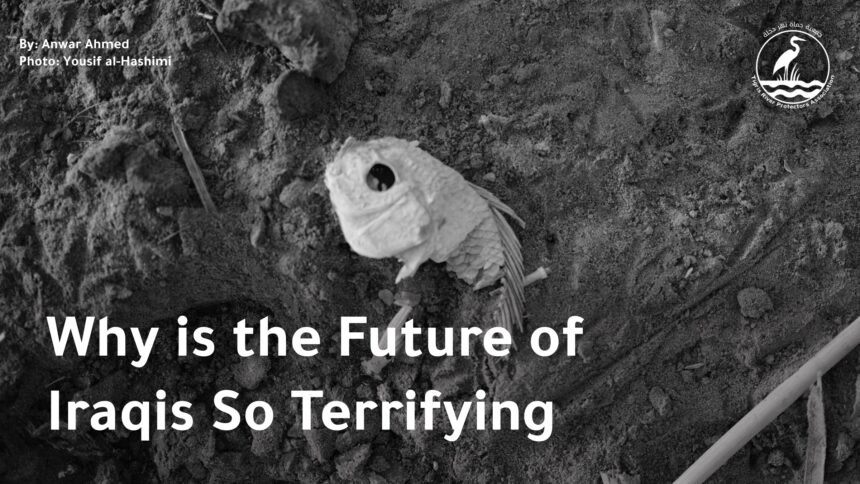
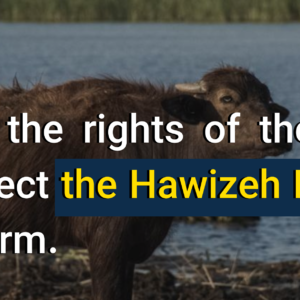
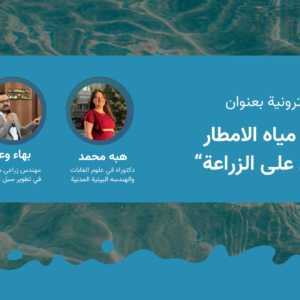
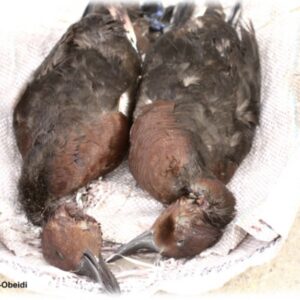
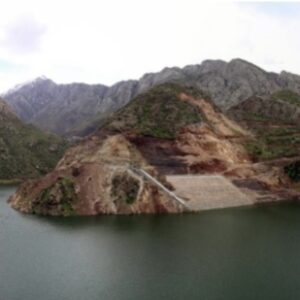
Leave a Reply